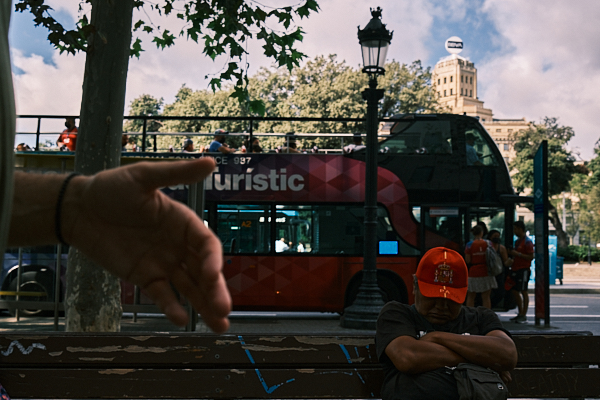The camera angle is an essential part of any video. It helps to tell the story and set the mood, but it also can be used to emphasize some aspects of a scene. You don’t want to use the same shot in every video, making them feel too similar and dull. Instead, try different angles depending on what type of story you want to tell and how your audience will react when they see it. Here are some common ones:
Eye Line

The eye line is the actor’s eyes or the camera’s point of view. It’s called the “eye line” because it’s where you see things from and is usually noticeable in any given scene.
The most common camera angle is an eye line shot: when you look at someone speaking or doing something else on screen, your eyes follow their movements as they shift around in front of you (or offscreen). The eye line works well for many kinds of shots. For example, if an actor wants to show us what he is thinking about while speaking. Or if he wants us to see how much distance there is between him and another character who will soon be talking with him, or even so that viewers can get a sense of size differences between characters before any action takes place!
Over-the-shoulder Shot

The over-the-shoulder shot is a great way to show two people in conversation, whether they’re talking about the weather or sharing their favorite music. In addition, you can use the over-the-shoulder shot to show two people in a car or just one person sitting at a table with another person standing behind him/her.
The over-the-shoulder shot allows for more interesting angles than most other camera shots; it’s hard for the viewer to see what’s going on unless they’re looking directly toward the action (which isn’t always possible).
The Dutch Angle
The Dutch angle is an exciting way to create a sense of disorientation in your video. It is named after Dutch director Theo Van Gogh, who used it for his film “The Congregation.”
In this technique, you position the camera to look directly overhead (or below), then move it slightly forward or backward as if you were looking up from a higher point. This angle shot will make everything look upside down and give viewers a feeling of vertigo—and they won’t know where they’re looking until they turn their heads!
“The more angles I see, the more confused I get.”
Phil Simms
The Dolly Zoom
The Dolly Zoom is a camera technique that starts with a wide shot and slowly zooms in on the main character. The dolly zoom creates a sense of drama and helps you understand what your character is feeling or thinking by showing their perspective.
The Bird’s Eye View
The Bird’s-Eye View is a high-angle shot. You can use it to establish character or location, mood or tone, time, and place.
The camera position will vary depending on what you want to communicate:
High-angle Shot
High-angle shots make the subject look small, vulnerable, and defenseless. This point of view is a common technique in horror movies and other suspenseful situations.
The high-angle shot places your subject at an angle that makes him/her seem smaller than in reality. You can use this angle to emphasize how vulnerable, or helpless your character is (or isn’t), which will help convey emotion better than any other angle could do alone.
Low-angle Shot

A low-angle shot is one in which the camera is below the subject. In this case, you’ll have a powerful look at your subject, and your main character seems to tower over everyone else.
You can use low-angle shots to emphasize certain things about your video:
- It makes them seem larger than life and more important!
- It shows off their strength or power (think “The Lion King”).
These angles can be used to emphasize some aspects of a scene.
When creating a video, it’s important to remember that your viewers will be watching the scene from different angles. You can use these angles to emphasize some aspects of the scene, creating a sense of drama, awe, and intimacy—or even tension.
For example: if you’re filming an interview on stage at an event or conference where other people are around you (like when you’re giving an awards ceremony). Then it would be wise to use wide shots so that your subject is visible across all body parts when speaking from their podium. This way, your subject looks like he is talking directly into the camera rather than just at someone else nearby who might not be able to see him clearly enough.
Conclusion
We hope this article has helped you understand how to use different angles in the video. With the proper camera position, you can create an engaging scene that will make your audience want to watch more!